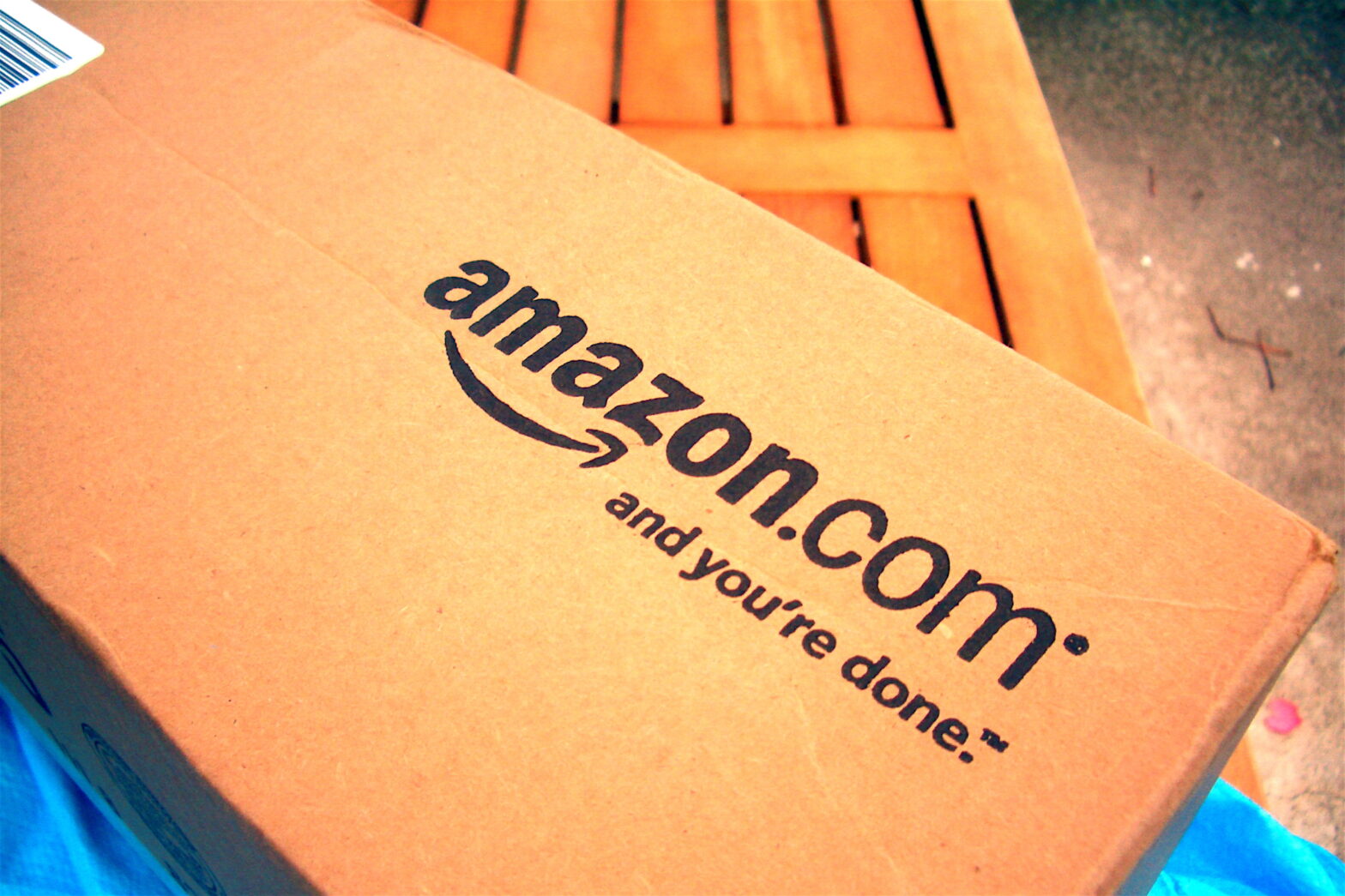It’s difficult to escape the e-commerce giant that is Amazon. Whether searching for the cheapest phone charger or in need of a specific volume of a book, there’s something for every consumer. And that ‘something’ is usually available at undeniably competitive prices and can be delivered reliably (usually) to front doors around the globe.
Not only that, but the company keeps surprising with strategic steps toward world domination – AWS, Prime, Amazon Fresh. As well as the recent revelation that it has quietly been building its own delivery company behind closed doors.
Benefits to consumers are clear, but what about the benefits to the retailers choosing Amazon as a sales channel?
People do not browse Amazon for the experience, content or retailer engagement – it is a place to find what they need and buy it. So it offers a huge reach to potential customers with intent to buy.
>See also: The ‘rampant fraud’ of Amazon sellers continued
The immediate trust associated with Amazon can be particularly beneficial to new retailers that don’t yet have a loyal customer base.
The Amazon ‘best in class’ fulfilment offers high customer satisfaction and requires little cash outlay from the retailer. It enables economies of scale, opening up delivery options and warehouse storage prices that would usually be unavailable to independent retailers.
Selling through Amazon is obviously much faster than building your own website from scratch. It also requires less operational, technology and staff investment than to build and maintain your own e-commerce store.
The Amazon channel also offers retailers launching new products the chance to test demand levels without having the usual marketing, platform and logistics costs that come with the launch of a new product.
The Entertainer is a great example of a brand taking advantage of the benefits Amazon can offer. The toy retailer trades long-tail products via the channel, which means it can sell old or less desired stock online while concentrating direct channel efforts on more profitable items.
The listings include rich product information and imagery to help capture, search and encourage sales. The brand also cleverly manages reviews and answers to queries and questions.
So for retailers that are launching a new product and want to test demand, the Amazon channel is a great way to do so. It’s also a superb channel for any retailer that has stock exclusivity or price advantage over the recommended retail price.
The Amazon machine is not for everyone though. While on the surface Amazon presents an attractive offering, there are pitfalls.
Savvy retailers will understand these downsides and analyse them thoroughly before assessing whether or Amazon is the appropriate sales channel for their product or brand.
With Amazon, very limited customer data is shared, which restricts the ability to retarget and build a ‘repeat’ customer rather than a ‘one-time’ customer. So retailers must build the marketing model and focus spend on the assumption that the lifetime value will be one transaction.
This can make the commission model prohibitive. Worse still, it’s impossible to glean any kind of purchase or customer experience data from the transaction, and Amazon benefits by keeping the customer data for its own analysis
Selling through Amazon also results in a lack of business or brand differentiation. The nature of the Amazon strategy means that many distinctive elements of the business proposition disappear which can leave a retailer vulnerable to its competition
Furthermore, the handling of customer complaints and queries is managed by Amazon, and although it’s largely efficient, the ‘Amazon way’ is unlikely to reflect the specific brand values of the retailer.
Finally, bulk volume returns can be challenging and timely to process. These delays reduce the lock-in of working capital and it’s unlikely the product will be resold at full price. And again valuable customer insight is lost because the reason for the return isn’t usually captured.
Clearly the Amazon story is a tale of two halves. For some, it’s a winning solution – the opportunity to build momentum and create sales volumes in a cost effective, organised way. But for others it can dilute brand value and stunt the potential success a retailer might have had independently as it gets swallowed up by the Amazon machine.
Most importantly, retailers must understand what they’re trying to achieve in the channel. If the brand isn’t the first priority and you’re simply testing a new product or need to shift stock quickly, then it will probably work as a short-term strategy.
But for those who are planning to be more brand focused and use the channel long-term, the question ‘how can we develop a compelling and differentiated proposition through this channel?’ should be asked.
The next step is to ask whether the brand can be differentiated against competitors on Amazon with range, price, service, availability, experience and content.
>See also: How Amazon is taking over the B2B commerce industry
Critically, by selling through Amazon, these six elements are standardised and therefore limited. For example, you can’t introduce a loyalty programme or a blog to your Amazon experience. The ability to differentiate is much more restricted than on your own site, store or concession.
If you’re unable to distinguish your brand on Amazon across the areas above, you are probably better placed avoiding the channel and should focus on choosing a more appropriate alternative.
For long-term return on investment, the best alternative is to invest upfront in your own brand, technology and platforms. This strategy is more likely to enable longevity, success and agility than is possible when using a reseller channel like Amazon.
It enables a retailer to maintain control of reputation building and customer experience, gain loyal and repeat customers, and analyse and use valuable data. That said, for those starting out or launching something new, it can be a good first step on the sales journey.
Sourced from Eric Fergusson, head of retail services, eCommera










